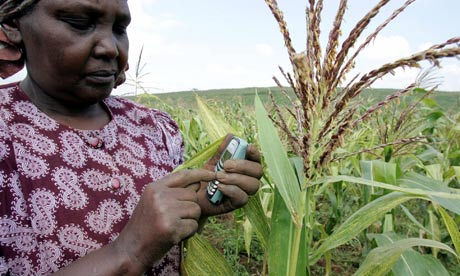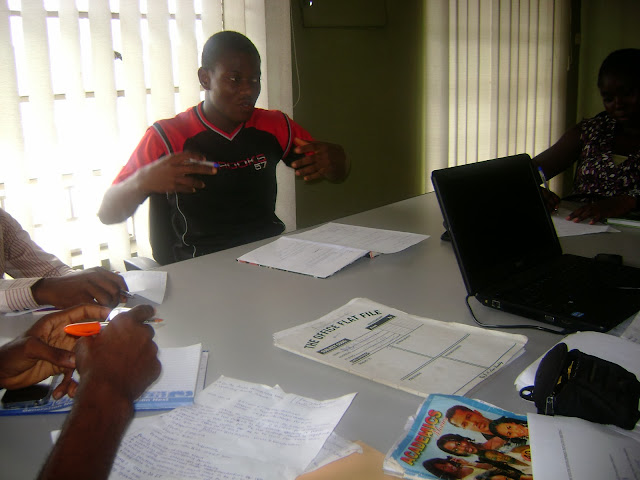14.1. By the year 2025, 83 for every penny of the normal worldwide populace of 8.5 billion will be existing in advancing nations. Yet the limit of accessible assets and advances to fulfill the requests of this developing populace for sustenance and other horticultural items remains unverifiable. Farming needs to meet this test, for the most part by expanding processing ashore as of recently being used and by maintaining a strategic distance from further infringement ashore that is just possibly suitable for growth. 14.2. Major conformities are required in horticultural, ecological and macroeconomic approach, at both national and worldwide levels, in improved and also advancing nations, to make the conditions for practical farming and rustic improvement (Sard). The major goal of Sard is to build nourishment processing in a supportable manner and upgrade sustenance security. This will include training activities, usage of monetary motivations and the advancement of fitting and new advances, accordingly guaranteeing stable supplies of nutritiously sufficient nourishment, access to those supplies by defenseless aggregations, and preparation for businesses; job and salary era to reduce destitution; and regular asset administration and ecological insurance. 14.3. The necessity must be on keeping up and enhancing the limit of the higher potential agrarian grounds to uphold a stretching populace. Be that as it may, saving and restoring the common assets on more level potential terrains with a specific end goal to uphold economical man/land degrees is additionally vital. The principle apparatuses of Sard are arrangement and agrarian change, support, salary expansion, arrive preservation and enhanced administration of inputs. The triumph of Sard will depend generally on the backing and support of provincial individuals, national Governments, the private part and worldwide participation, incorporating specialized and logical collaboration. 14.4. The accompanying programme zones are incorporated in this section: (an) Agricultural arrangement survey, arranging and joined customizing in the light of the multifunctional part of horticulture, especially with respect to sustenance security and manageable advancement; (b) Ensuring individuals' interest and pushing human asset improvement for supportable horticulture; (c) Improving ranch preparation and cultivating frameworks through enhancement of homestead and non-ranch occupation and base improvement; (d) Land-asset arranging data and instruction for agribusiness; (e) Land preservation and restoration; (f) Water for supportable nourishment creation and maintainable provincial improvement; (g) Conservation and maintainable use of plant hereditary assets for sustenance and economical farming; (h) Conservation and supportable use of creature hereditary assets for feasible farming; (i) Integrated vermin administration and control in agribusiness; (j) Sustainable plant nourishment to expand sustenance creation; (k) Rural vigor move to improve profit; (l) Evaluation of the impacts of ultraviolet radiation on plants and creatures brought on by the consumption of the stratospheric ozone layer. Programme Areas A. Rural strategy audit, arranging and reconciled programmes in the light of the multifunctional part of horticulture, especially concerning nourishment security and maintainable advancement Groundwork for activity 14.5. There is a need to incorporate maintainable improvement contemplations with agrarian strategy investigation and arranging in all nations, especially in improving nations. Suggestions may as well help specifically to advancement of reasonable and operational medium- to long haul plans and programmes, and consequently to solid activities. Uphold to and observing of usage may as well take after. 14.6. The nonappearance of a lucid national strategy system for economical farming and country improvement (Sard) is across the board and is not constrained to the improving nations. Specifically the economies on the move from wanted to market-turned frameworks need such a system to join ecological contemplations into financial exercises, incorporating horticulture. All nations need to survey thoroughly the effects of such approaches on sustenance and agribusiness segment execution, nourishment security, provincial welfare and worldwide exchanging relations as a methods for distinguishing fitting balancing measures. The major push of sustenance security thus is to achieve a huge expand in farming creation in a maintainable manner and to attain a considerable change in individuals' privilege to satisfactory nourishment and socially suitable sustenance supplies. 14.7. Sound approach choices relating to worldwide exchange and capital streams additionally require movement to












































